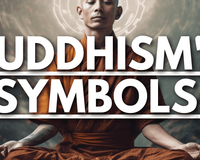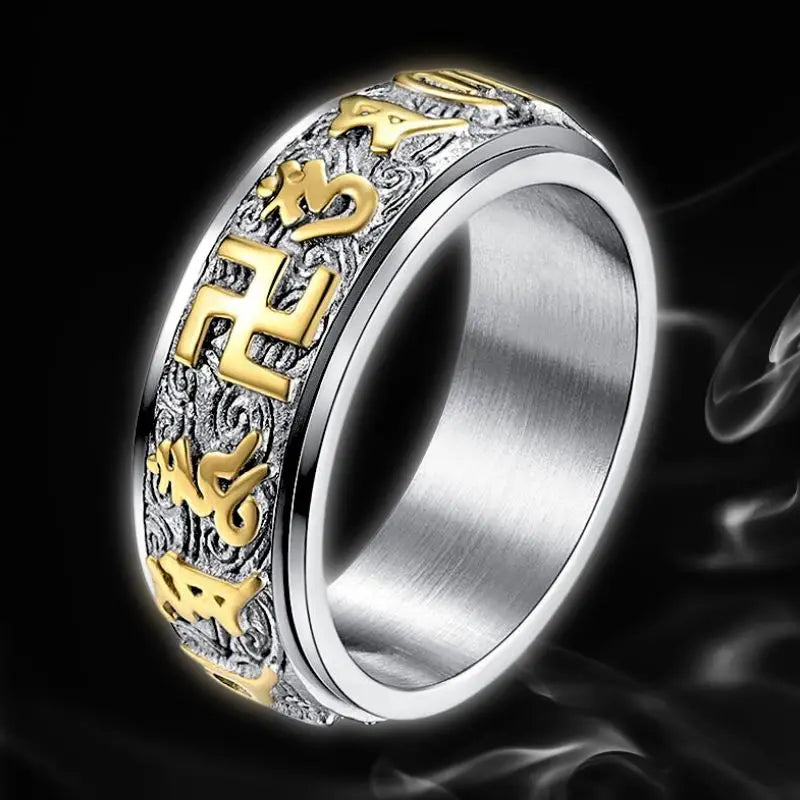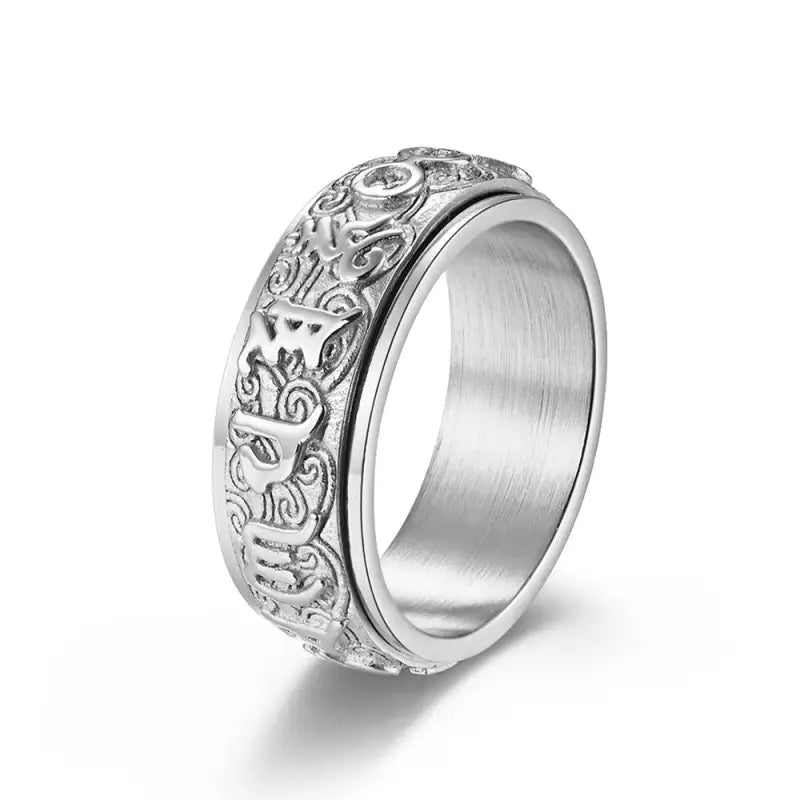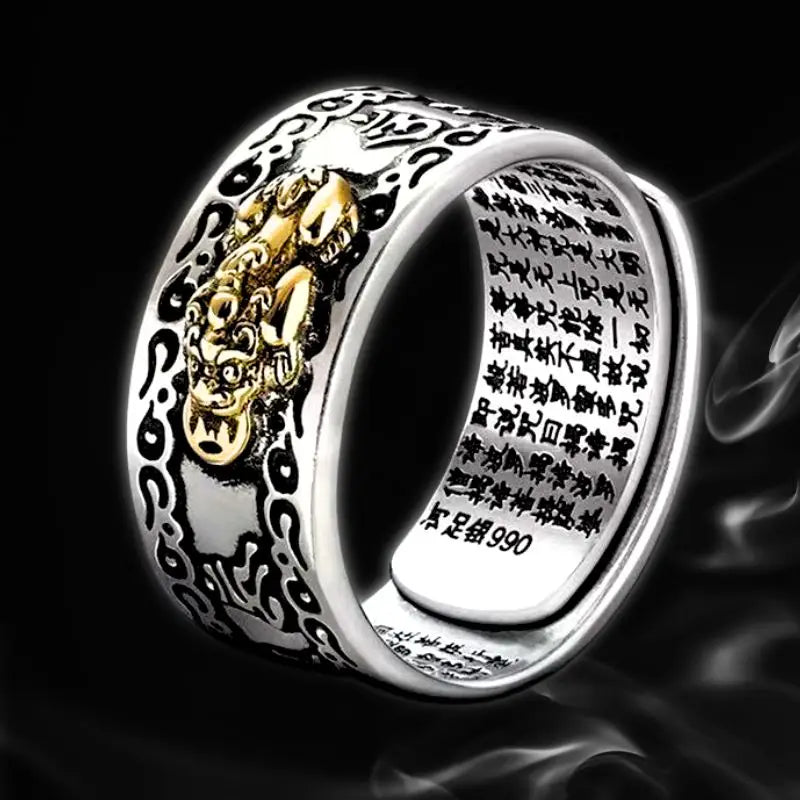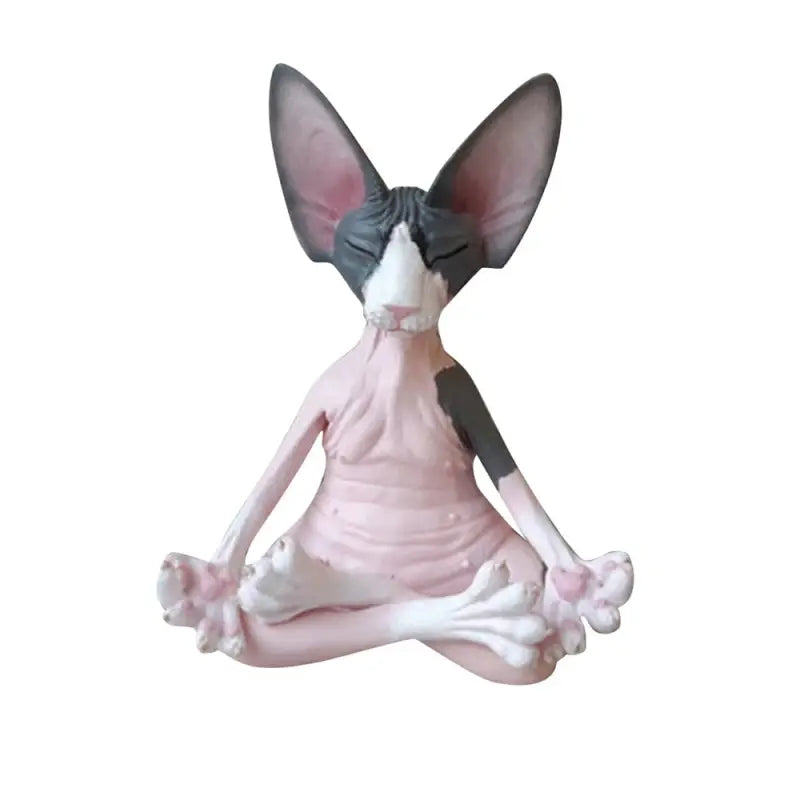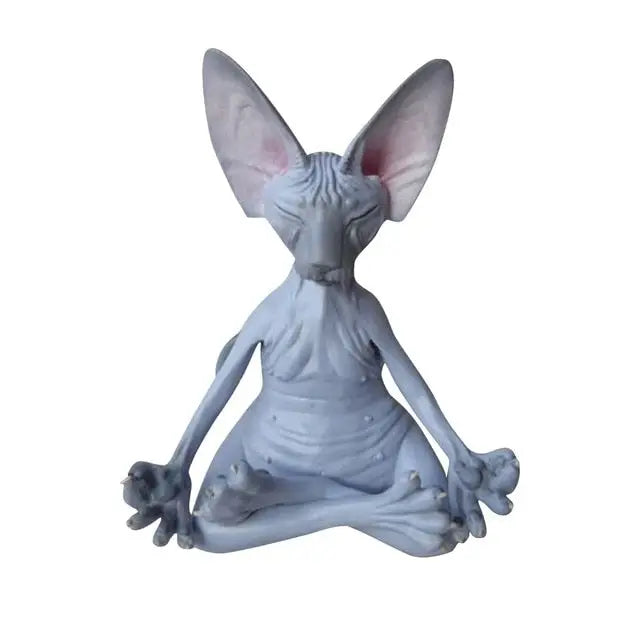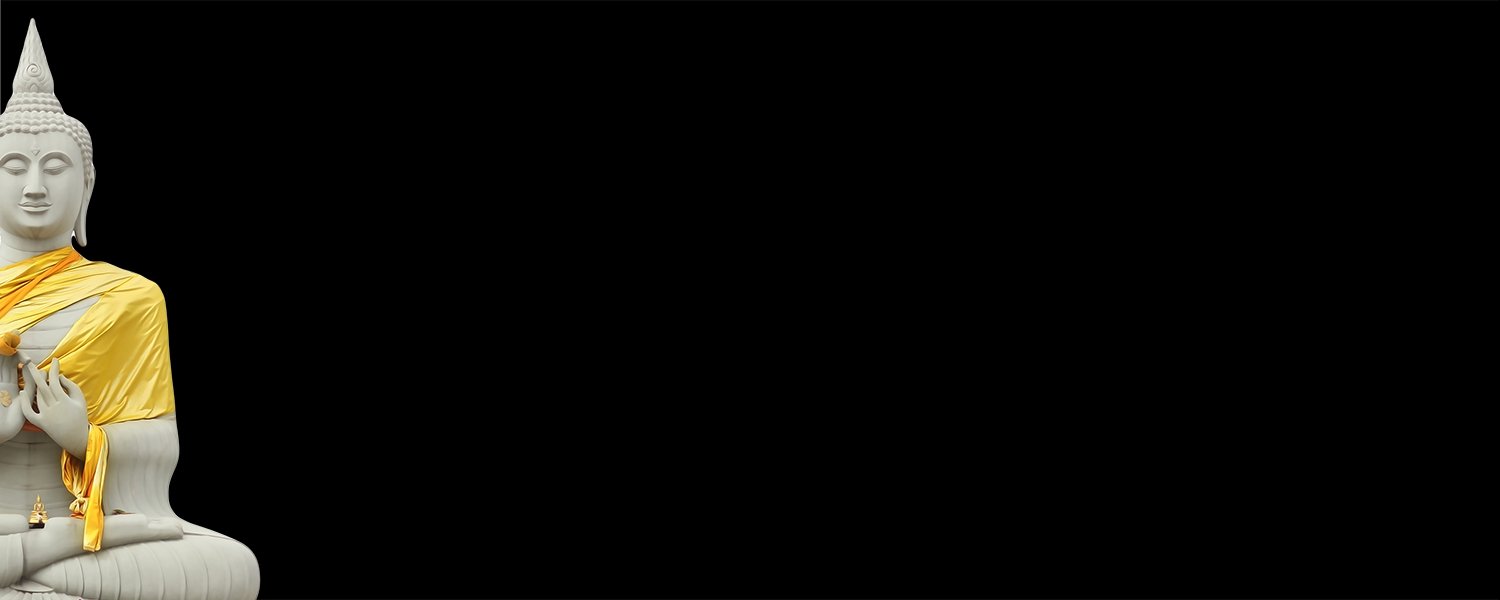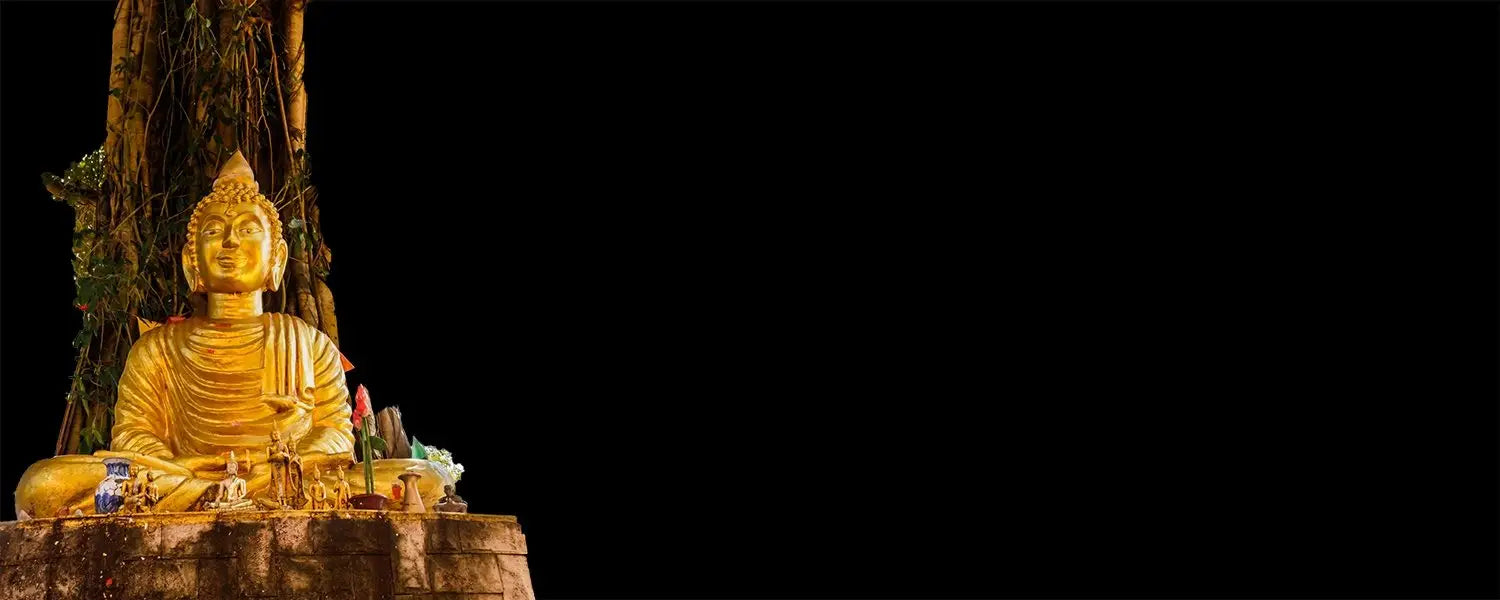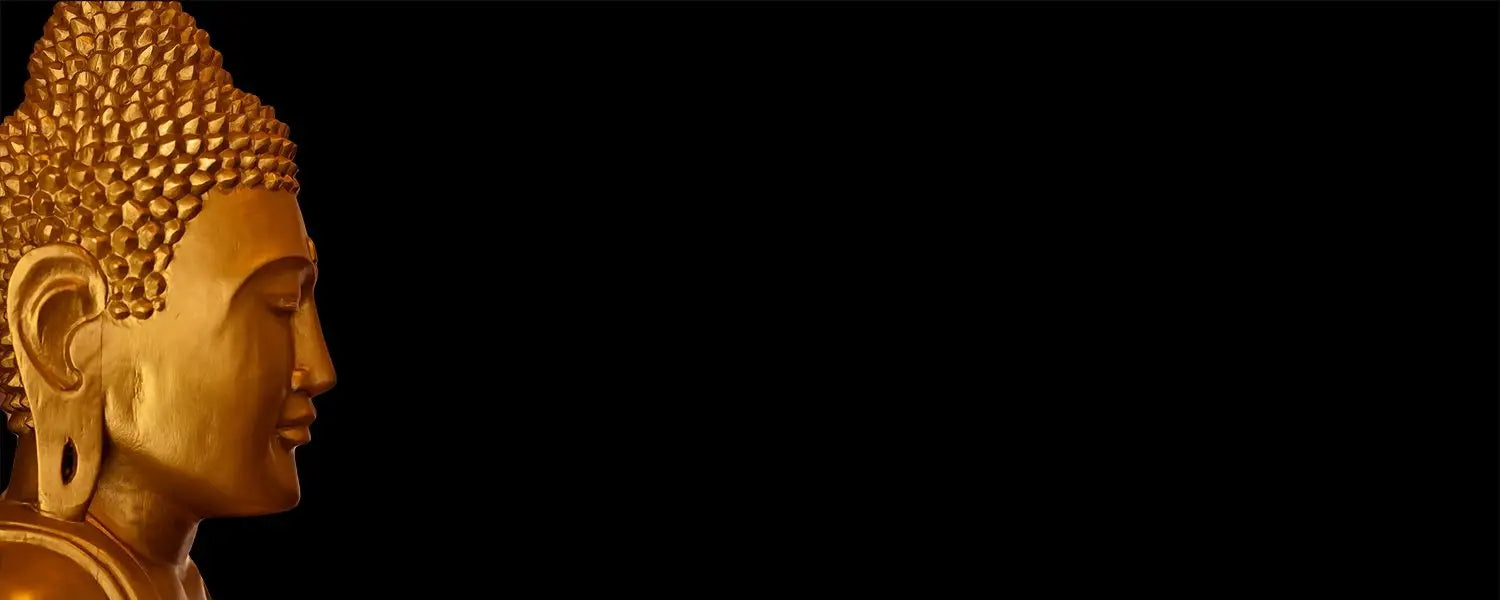Animals in Buddhist Religion
In Asian culture, particularly in Buddhism, there exists as profound a divide between spiritual and material matters as in today's Western civilization. This is why religious symbols are a vibrant part of all aspects of Asian culture.
Meaning and Significance of Animals in Buddhism
We will describe the various symbols in their outer and inner or esoteric significance, according to the different teachings of the Lord Buddha. However, according to Buddhist teachings, the very physical existence of any phenomenon depends on the inner meaning, which is due to the mental creation or karmic activity of sentient beings. This means that the appearance of symbols is due to the mental or karmic creation of these beings and cannot exist without it. Just as a plant needs a seed to exist, so too does the plant as a symbol exist only because there is a karmic seed causing it.

In fact, the very existence of the material or physical plant also depends on the existence of a karmic seed in the consciousness of beings in the world from which this plant grows. Therefore, what we call symbols are not artificial cultural creations invented by someone, but correspond to real karmic activity that manifests externally as a material object - a plant or animal in this case - and internally, mentally, corresponds to a mental experience.
The true reality of these symbols has been directly experienced in meditation by highly realized beings like Buddha Shakyamuni and others. Even ordinary beings can perceive to some extent the real nature of symbols, but to gain a clearer understanding, some intellectual explanations are necessary.
In general, Buddhist symbols, like other religious symbols, are often regarded as cultural artifacts without understanding their true significance. They are used or revered simply because it is the tradition of their own country, or because it is believed that these symbols or objects bring luck and prosperity. In fact, these symbols can not only bring luck, long life, and prosperity but can also lead to the highest realization of the true nature of all existences.
They can help sentient beings develop their own inner wisdom and attain the level of a Buddha, whatever name they wish to give it. And that's why symbols exist as manifestations of this inherent wisdom in the minds of all sentient beings. In this essay, only five animals have been briefly described.
The Lion in Buddhism

Lions are the kings of the animal kingdom: they are proud and majestic. They live in plains and grassy hills, never in mountains, especially not in high snowy mountains. Lions are organized in clans or groups and never live alone except in the case of old lions or those who are expelled from the community. They feed by hunting, which is always done by the females and never by the males. The male's job is to protect the clan from enemies.
However, lions have no natural enemy. Due to these characteristics, the lion has been considered throughout all ages and countries as a symbol of royalty and protection, as well as wisdom and pride. The iconographic representation of the lion originates from Persia.
In Buddhism, lions symbolize bodhisattvas
The "sons of the Buddha" or "lions of Buddha." Bodhisattvas are beings who have reached a high level of spiritual development. They have generated bodhichitta and made the vow to forsake the happiness of the highest enlightenment and remain in this world working until all sentient beings are liberated from suffering. Bodhisattvas practice the six fundamental paramitas: charity, morality, patience, effort, concentration, and wisdom [dana, sila, ksanti, virya, dhyana, and prajna] and the four that derive from the basic means: skillful means, vows, power, and knowledge [upaya, pranidhana, bala, and jnana].
They are eight great bodhisattvas or divine bodhisattvas. In Mahapandita Abhayakara Gupta's Nispannygavaqli, three sets of sixteen bodhisattvas are mentioned.
In Buddhist iconography, we find lions in their role as protectors of the dharma, supporting the thrones of Buddhas and bodhisattvas. They are also found at the entrances of monasteries and shrines. In regions of northern Nepal influenced by Tibetan Buddhism and art, lions have become known as "snow lions".
Actually, there are no lions that live in snowy mountains, but there are snow leopards. Snow lions are depicted as white or blue snow-colored with a turquoise or orange mane floating in the wind and very wrathful, with large eyes and an open mouth. They roam freely in the high snowy mountains without any fear, symbolizing the wisdom, fearlessness, and divine pride of those Dharma practitioners who are truly capable of living freely in the high snowy mountain of pure mind, without being tainted by illusions. They are kings of the doctrine because they have attained the power to subdue all beings with their great love, compassion, and wisdom.
Temple guardian lions are depicted in pairs at the entrances of shrines and bahas.
Elephants in Buddhism

The main characteristics of the elephant are its strength and steadfastness. This is where it becomes a symbol of physical and mental strength, as well as responsibility and awe.
In Indian mythology, we hear about flying elephants and Airavata, the white elephant who became Indra's vehicle and appeared from the churning of the Milky Ocean. That is why white elephants are considered very special and have the power to produce rain. They are identified as rain-containing clouds, which will explain the belief in the flying elephant. In Indian society, elephants were considered bearers of luck and prosperity. They belonged to kings and were used in wars.

In Buddhism, the elephant is a symbol of mental strength. At the beginning of practice, the uncontrolled mind is symbolized by a gray elephant that can run wild at any moment and destroy everything in its path. After practicing the Dharma and taming the mind, the mind that is now controlled is symbolized by a strong and powerful white elephant, which can be directed wherever one wants and destroy all obstacles in its path.
Buddha Shakyamuni was born as an elephant in some of his previous incarnations. In his final incarnation as Siddharth Gautama, he also sings: descending from the pure land of Tushita, he entered his mother's womb in the form of a white elephant.
In Buddhist iconography, we find the deity with an elephant face Gangpati or Ganesh as an emanation of the bodhisattva Avalokitesvara. In another aspect also, representing the worldly aspect of the same eternity, he is trampled by the same other deities like Mahakala, Vajra Bhairava, and others.
In the mandala offering ritual, the precious elephant is offered to the Buddha, with the strength of a thousand elephants and can circumambulate the entire universe three times in a day. Elephant tusks are also one of the seven royal emblems.
The elephant is the vehicle of the Tathagata Aksobhya and the deity Balabadra. The elephant also appears as a guardian of temples and of the Buddha himself.
The Horse in Buddhism

Horses have always been a means of transportation. They can run very fast, and in the past, they had wings and could fly. Even in Greek mythology, we have Pegasus, the flying horse. Their main characteristics are their loyalty, diligence, and speed. A prime example of these qualities is Kantaka, Siddhartha Gautama's horse. When the future Buddha left his palace to become an ascetic, his horse realized he would never see his master again and died of a broken heart. He was reborn in one of the heavens.
In Buddhism, the horse symbolizes energy and effort in the practice of the dharma. It also symbolizes the air or prana that flows through the body's channels and is the vehicle of the mind.
In this sense, we can cite a passage from "The Galloping Horse's Song of a Yogi" by Milarepa.
The so-called "wind horse," symbolizing the mind, the spirit, its vehicle, the wind, can be ridden upon. This means we have the ability to control the mind and the wind and guide them in any direction and at any speed we wish.
The neighing of a horse also symbolizes the Buddha's power to awaken the sleeping mind to the practice of the dharma.

There are some stories of the bodhisattva Avalokitesvara taking the form of a horse to aid sentient beings.
In Buddhist iconography, the horse supports the throne of the Tathagata Ratnasambhava and carries the chariot of Surya, the sun god. The horse is also the vehicle of many other deities and protectors of the dharma, such as Mahali, and there are deities with horse faces, such as Hayagriva.
Peacocks in Buddhism

In general, peacocks are a symbol of openness and acceptance. In Christianity, the peacock is a symbol of immortality. In Mesopotamia appears a symbolic representation of a tree flanked by two peacocks, symbolizing dualistic spirit and absolute unity. In Hinduism, the patterns of peacock feathers, resurfacing eyes, symbolize and the stars. In Buddhism, they symbolize wisdom.
Peacocks are said to have the ability to eat poisonous plants without being affected by them. Because of this, they are synonymous with great bodhisattvas. A bodhisattva is capable of taking illusions as the path to liberation and transforming the venomous mind of ignorance, desire, and hatred (moha, raga, dvesa) into the thought of enlightenment or bodhicitta, which unfolds in color like peacock tails.
We will cite here a teaching titled "The Wheel of Sharp Weapons," written by Dharmaraksita, who transmitted it to his chief disciple Dipankara Sri Jnana (Atisa, 982-1054).

The minds of sentient beings in this world are like a thick forest of desire and hatred. Pleasures and material possessions are like a beautiful medicinal garden. Courageous bodhisattvas, because they have realized the faults of samsara, are not attracted to samsaric pleasures, just as peacocks are not attracted to medicinal plants. Bodhisattvas, having the attitude of wanting to work only for sentient beings and desiring no happiness for themselves, can use the poisoned thoughts of ignorance, desire, hatred, and so forth to accomplish deeds for sentient beings.
But by eating poison, the peacock's body becomes healthy and beautiful. It is adorned with five feathers on its head, symbolizing the five paths of the bodhisattva and the accomplishment of the five Buddha families. They have beautiful colors, such as blue, red, green, and please other beings simply by being seen. Similarly, any being who sees a bodhisattva receives great happiness in their mind. The eating habits of the peacock, consuming poisonous plants, do not harm other sentient beings. Likewise, bodhisattvas do no harm whatsoever to other sentient beings.
By consuming poison, the colors of its feathers become vibrant, and its body healthy. Similarly, by taking on all problems and suffering, bodhisattvas swiftly purify mental obscurations and rapidly develop their minds, attaining ever higher realizations. Peacocks in particular symbolize the transmutation of desire on the path to liberation. Thus, they are the vehicle of the Buddha Amitabha, who represents desire and attachment transmuted into the Wisdom of Discriminating Awareness.
The Bird GARUDA in Buddhism

Garuda is the king of birds. Its name derives from the root Gri, to swallow: Garuda devours serpents. It is depicted with a human upper body, large eyes, a beak, short blue horns, yellow hair standing on end, bird claws, and wings. However, sometimes, mainly in Hindu iconography, it is depicted in human form with wings.
Garuda is a very large bird that hatches from the egg as an adult. Garuda symbolizes the spatial element and the power of the sun, which can dry up the waters. Therefore, it is the natural enemy of serpents and either devours or controls them. It represents the spiritual energy that devours the illusions of jealousy.

And hatred, represented by the serpent. Garuda is also openness: it can spread its wings and soar in space. It represents the vast freedom of the mind that can open up and is not swayed by conflicting emotions, the wise mind that reaches everywhere, like the rays of the sun, and brings the growth of life and wisdom. Specifically in Buddhism, Garuda is linked to the perfection of generosity (dana paramita), just as the sun's rays give life to the earth.
The myth of the great bird that devours the serpent seems to have originated in Mesopotamia. The serpent represents the subconscious or hidden aspects of the mind, those feelings and thoughts that creep beneath the surface. Garuda can perceive any tiny serpent and swoop down upon it instantly. Similarly, by practicing awareness of all our feelings, thoughts, and actions, we can develop the wisdom that can perfectly perceive the workings of our mind and, in this way, we can attain total freedom to act using our mind in the most beneficial way.
In Hindu iconography, Garuda is the vehicle of Vishnu. In Buddhism, it is the vehicle of Amoghasiddhi, the Buddha who embodies the wisdom that accomplishes all. It is also the vehicle of one of Lokishvara Hariharihar vahana. Garuda is also a deity in its own right who is supposed to heal snake bites, epilepsy, and diseases caused by nagas. An image of Garuda is found in the toranas, the semi-circular tympanum above temple doors.
Emerald, also known as Garuda stone, is considered protection against poison, and images of Garuda appear in jewelry as protection against snake bites.
The Tiger in Buddhism

The Tiger resides in the South, symbolizing unwavering trust, disciplined awareness, kindness, and modesty. It is relaxed yet energized; it rests in a state of gentle being that has a natural sense of contentment and fulfillment, referring to the state of enlightenment.
Associations: the primary quality is trust, domination over the forest, and the air element.








